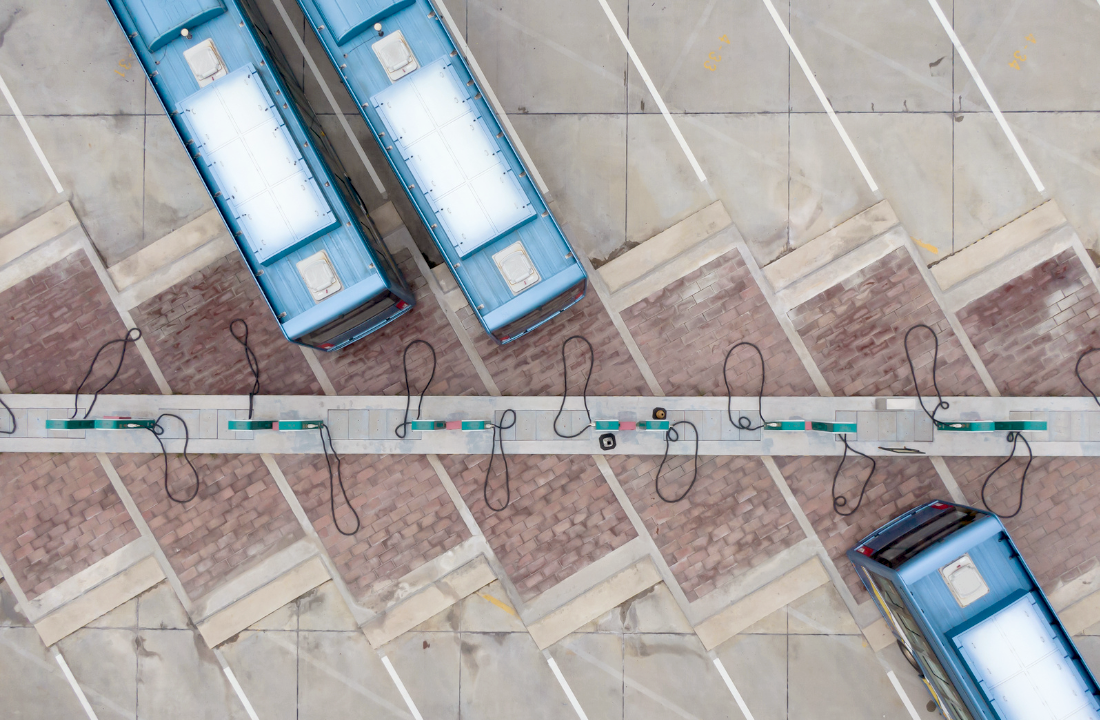
Although fleets have had resiliency strategies for years, adjusting those plans while incorporating large numbers of zero-emission vehicles is a new challenge for fleet operators. In this episode, we explore ways that fleets transitioning to zero-emission vehicles can plan for emergency situations that may cause the electrical grid to go down, diving into questions such as:
Hear insights from experts including the Director of Grid Modernization Strategy at the Environmental Defense Fund Pamela MacDougall, the host of Transit Unplugged and Chief Customer Officer at Modaxo Paul Comfort, Zero Emissions Technical Lead at Stantec Analy Castillo, and CEO of Foton Mobility Neil Wang.
Dan Hilson: The BetterFleet Academy provides fleet operators with everything they need to know about moving to an electric and hydrogen fleet. We look at issues in detail helped by thought leaders and our own staff here at Evenergi and BetterFleet.
Holly Montalban: In this episode, we’re covering the topic of resiliency, and exploring ways that fleets transitioning to zero-emission vehicles can plan for emergency situations that may cause the electrical grid to go down. You’ll hear insights from Paul Comfort with Modaxo and Transit Unplugged, Analy Castillo with Stantec, Neil Wang with Foton Mobility, and then we’ll get into a deep dive with the Director of Grid Modernization Strategy at the Environmental Defense Fund, Pamela MacDougall, who works on energy transition issues with a focus on grid integration and grid readiness for medium & heavy-duty vehicle electrification.
What can fleets with EVs do to be more resilient?
Analy Castillo: I would say what is key again is modeling, because first we want to understand what is the level of service these agencies want to provide during this emergency or not planned circumstances. A lot of the time our agencies need to operate at 100% because they’re designated to be the evacuation responders so they need to have the entire fleet in service. Sometimes there’s a blackout, planned or unplanned, and if that is the case agencies still need to provide 100% of their service. If that is the case, then understanding what’s the level of power requirement, for how long, and the amount of energy that is needed would be key to design those resiliency solutions, and the modeling can provide us that.
Some other times if there is a shutdown, it could be from extreme weather, and if that is the case agencies are likely not going to be providing service because nobody’s going to work if you have a freezing storm. So again, understanding the circumstances under those emergency responses and then the modeling to get a response of this is how big of a system you need to provide your backup. That can look in different ways, we can have generators which are standby and only used for these emergency circumstances, or we can have just the design of the generator that the generator will come when there is an emergency circumstance. That could also look like solar in combination with battery systems, now that is usually only a portion of the solution depending on how big an agency is. Maybe it would only provide 20% of your resiliency response and you could combine that with other generators or additional things to mitigate the emergency.
From an electric perspective, so if you have different connections from the grid, let’s say you have 2 substations that are connected to the same feed, that gives you that extra resiliency because if there is a shutdown in a portion of the city, then the other substation might still be working, and that could cover that point of failure.
This is all coming back to why would you have those failures, is that extreme weather, is it the reliability of the grid, extreme circumstances? So really having those different scenarios play out will give you the best solution to, give you something that is actually going to respond to the needs of those emergencies.
Paul Comfort: Some agencies are having trouble, even after they get the infrastructure in place, in places where the electric grid is maybe unstable. There’s a friend of mine that runs a transit agency in Southern California, who was one of the leaders in the electric bus industry, told me last summer the California governor’s office called him and said “Hey, can you not charge your vehicles today? There’s not enough power in the grid.” He’s like, you gotta be kidding me. So he decided from that moment on, I’m moving into Hydrogen. So now he has the largest hydrogen fleet in America, that’s Foothill Transit.
I had a couple CEOs tell me this – one of a major transit agency in the mid atlantic of the United States, told me a year ago, “Paul, when hurricane Sandy came through it knocked off the power grid. and my job is to evacuate the city in a hurricane. If all my buses are electric and the power grid is down, we are literally dead in the water. So I’m not going to move my whole fleet to battery-electric because this is a real practical concern to us.”
Hydrogen buses are an alternative which you can create your own hydrogen on, at your location. For instance, SunLine transit was one of the first ones in the country to do this in Southern California. I got to visit their power plant just before it went online just before COVID. Lauren Skiver was the CEO, she now is COO at Transdev. She had a lot of foresight. Built her own power plant, hydrogen plant, fueling her own buses plus selling it back onto the market.
Neil Wang: That’s actually one thing when you have hydrogen – as far as the hydrogen tank is available you can refill your vehicle right, but the same as EV you need limited power to power the whole set. At the moment, it’s a bit rare to see the whole depot off the grid, that’s one – secondly, the backup for that is to have multiple depots, have same charging method. So if one depot is totally off the grid, they can use the other depot to charge the bus, or refill the bus.
Secondly, lots of people are talking about power storage, a big power bank, like the Tesla megapack. To have a couple megapacks in the depot just to use when you’re totally out of power, you can use the megapack to charge your vehicle. That’s maybe one more solution.
Normally for a bus depot you have a diesel generator, to power the whole facility just in case it loses power. But what we’re doing now is we can also provide an option to use a hydrogen generator, to generate electric – hydrogen storage. That’s why we actually prefer hydrogen for a large fleet, because you can use hydrogen for multipurpose.
Pamela MacDougall: I’d like to start with the perspective that when the electricity goes down, the gas pumps also stop working. So they are used to having some sort of resiliency services in place to ensure, like they weren’t able to pump gas when the power goes out, so it’s not a new topic for them with electricity. I think the things they can explore are also things they can explore to lower their cost of charging in general which is having on-site solutions, such as pairing it with solar and storage.
I also think that states, in particular states that are in high risk zones due to flooding, fire zones, or that do have traditionally a lot of outages from hurricanes for example, need to have proceedings open with their utility commissions to ensure that in particular fleets that are emergency service providers such as police stations, fire trucks, for example, that there are ways for them to be able to charge those vehicles during an extreme scenario.
And what we are seeing is that California has some resiliency and emergency services proceedings starting, and I would expect that in other states, thinking about for example Florida, or what we’re seeing in New Jersey, New York, having more extreme weather conditions and outages coming up, that they start exploring ways that they can ensure that there is power in the areas that they need for emergency services.
What is a challenge fleets face when it comes to implementing resiliency solutions such as solar & storage?
Pamela MacDougall: In particular a lot of the utility programs are very siloed in sector. So for example if you’re interconnecting a charging station that has solar and storage, and a lot of utilities – maybe 1 or 2 don’t have this system – they don’t allow for hybrid interconnection. So that means they have to do an entire interconnection procedure for solar and storage, and then for their charging infrastructure
They’re two groups within the utility that don’t speak to each other, and that can add confusion and complexities to a fleet that they just can’t handle or navigate. So something that I would love to see in particular is that for charging infrastructure, if the fleet does have on-site solar and storage, that the utility treats that as one hybrid interconnection to simplify it. And that would help with both the education, their rates that they need to get on, but as well as expedite interconnection for these fleets. There’s just not a lot of programs or direction from utility commissions to allow for that.
Are there any new developments helping streamline the process of implementing resiliency solutions?
Pamela MacDougall: FERC just made a monumental interconnection decision. In that directive, while it is at transmission level, I think it’s lessons learned for what that decision is for what distribution system operators and utilities should be exploring to connect at the distribution level and deal with that. And in that there is a directive to allow for hybrid interconnections where you mix resources in one interconnection application.
There’s also considerations for flexible interconnections, and that’s really exciting for me – if you’re not aware of what a flexible interconnection – a flexible interconnection is where you have a fleet for example that has 10 chargers, and they also have storage at the site, and let’s say you have 6 MW of peak power for one hour of the day, but with the storage you only have 2 MW maximum that you ever use because you use the storage to mitigate the peak, they would interconnect at the 2 MW as opposed to the 6.
So that would allow for the utility, for the fleet owner to have a lower make-ready cost, it’s a lower grid expansion, and it allows for them to actually get the full value of that on-site storage. Right now, the only utility that considers it partially is in New York, sorry New Jersey – they have a decision where at least they cover the cost of the additional make-ready, so they only charge the fleet the make-ready cost, with the net load of the combined charging and storage.
But I would love for a flexible interconnection to be thought of broadly, because the amount of savings you would have at that distribution grid level but also for fleets would be monumental. And in the FERC order they actually force RTOs to be able to consider flexible interconnections as options in their plans.
I would love a flexible interconnection to include software solutions, in particular smart charging, because I think that is a valuable resource. I’m hoping that utility pilot programs and some of the DOE grant funds start investigating some of these software-based solutions, because the savings at all levels of the grid to increase resiliency and decrease the cost of broader resiliency can be monumental.
Holly: Thanks for watching this episode of BetterFleet Academy where we aim to provide valuable insights and information on the transition to zero emission vehicles. We hope you enjoyed this episode and please share with anyone else you think might benefit from these videos. Stay tuned for more upcoming episodes on fleet electrification.

Get an introduction to charging standards for EV fleets in this episode, with experts Brent Hartman, Director of Fuels and Transportation Standards at the Canadian Standards Alliance, and Ned Funnell, Charging Solution Architect with Electrada.
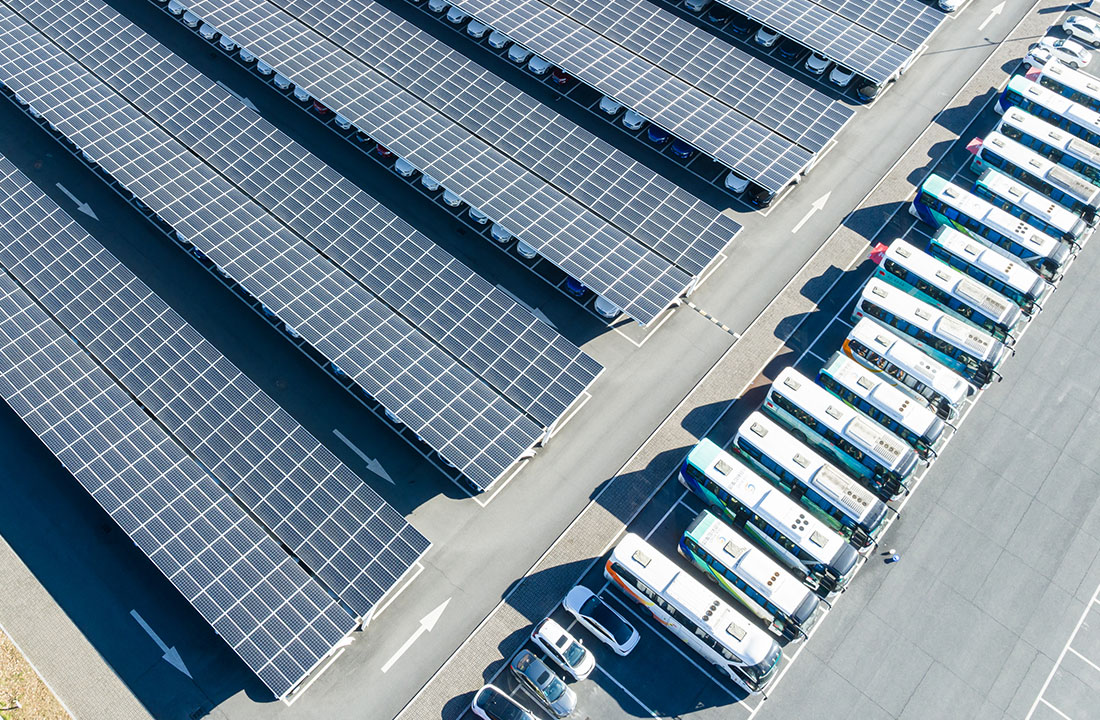
Get an introduction to microgrids for EV fleets in this episode, with experts Mushtaq Ahmad, Associate Vice President at AECOM, and Max Zaporoshenko, Head of Customer Success at EVenergi.
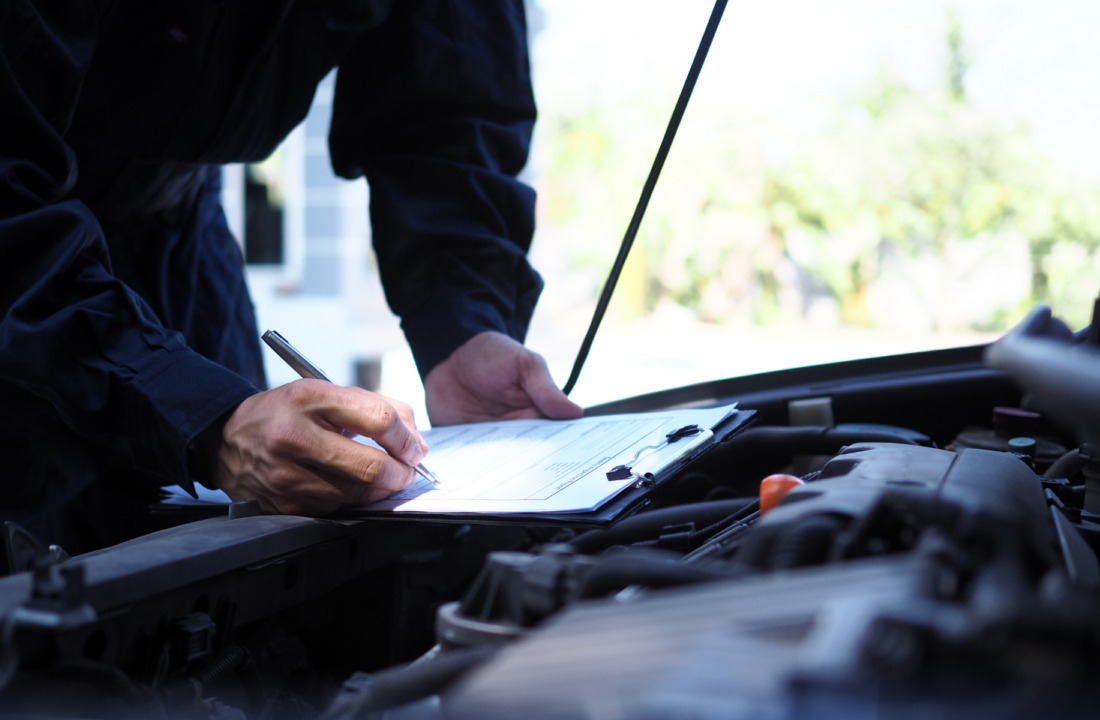
Learn about the best practices, challenges, and advice for workforce development when transitioning to zero emission vehicles in this episode with expert James Hall.
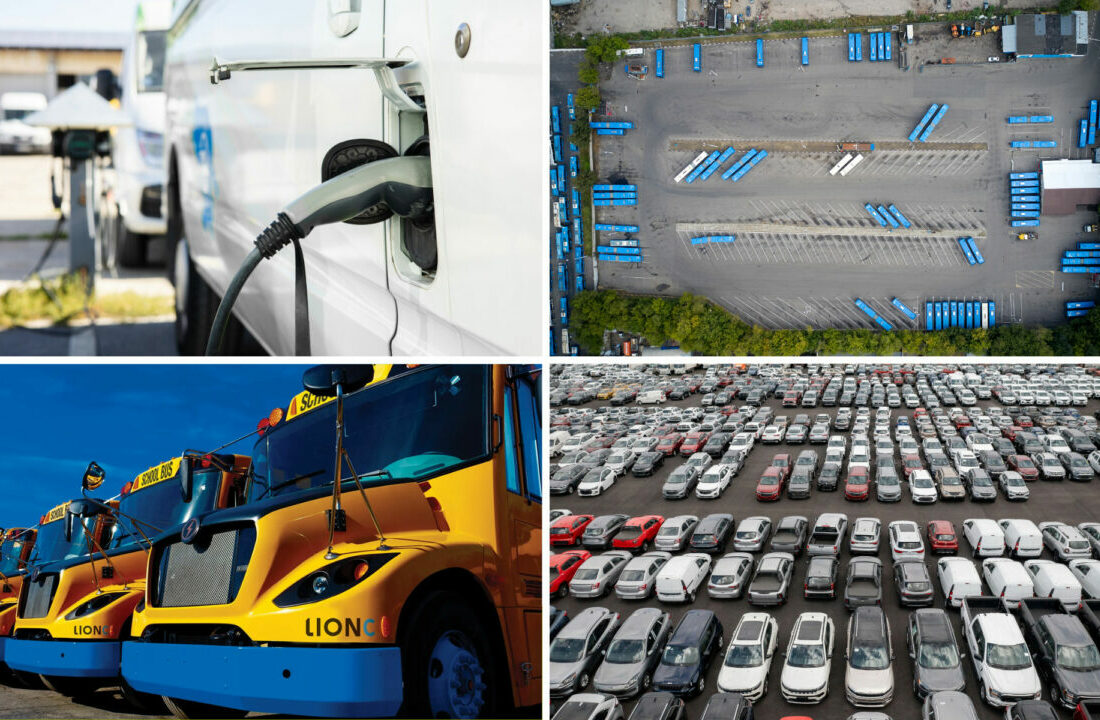
Look into the future of zero emission vehicle fleets with experts including Paul Comfort, Alix Butler, Pamela MacDougall, Neil Gladstone, Anna Martinis, Ian Foster, and Daniel Hilson.

Incidents of electric bus fires over the past few years have brought questions to light.
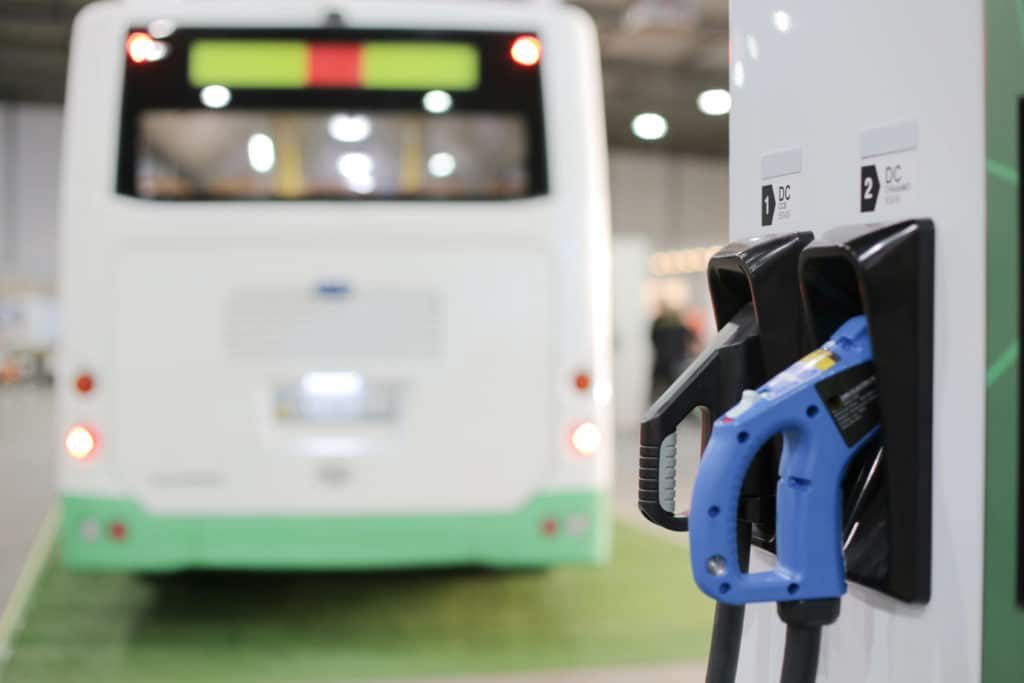
Looking at trade-offs such as cost, charging infrastructure requirements and range.